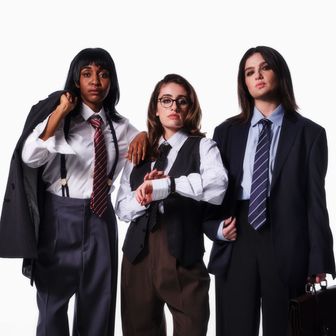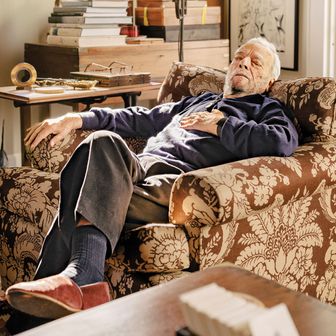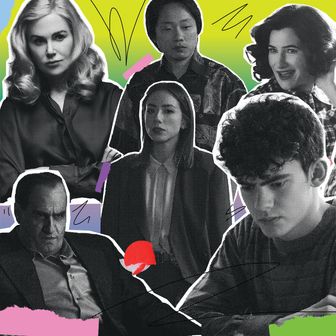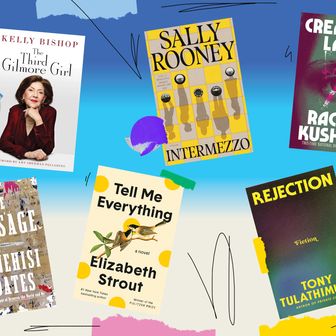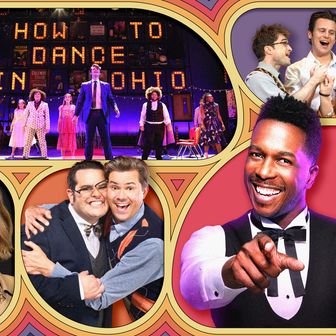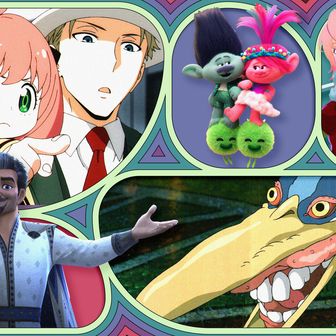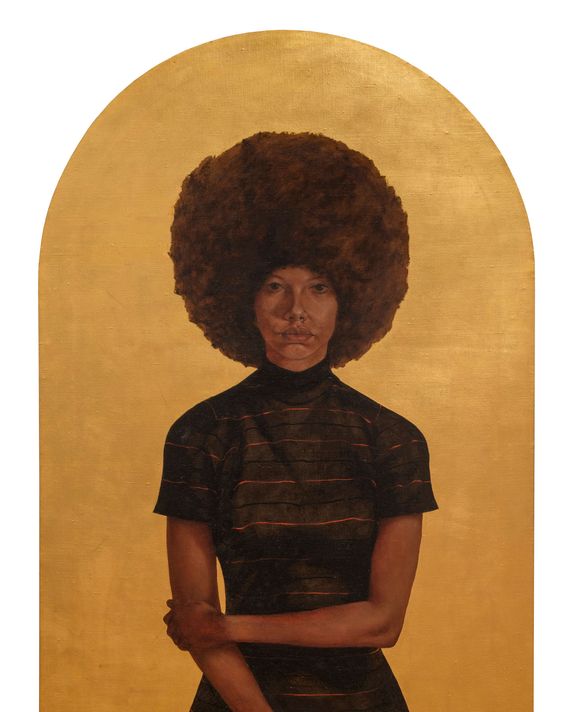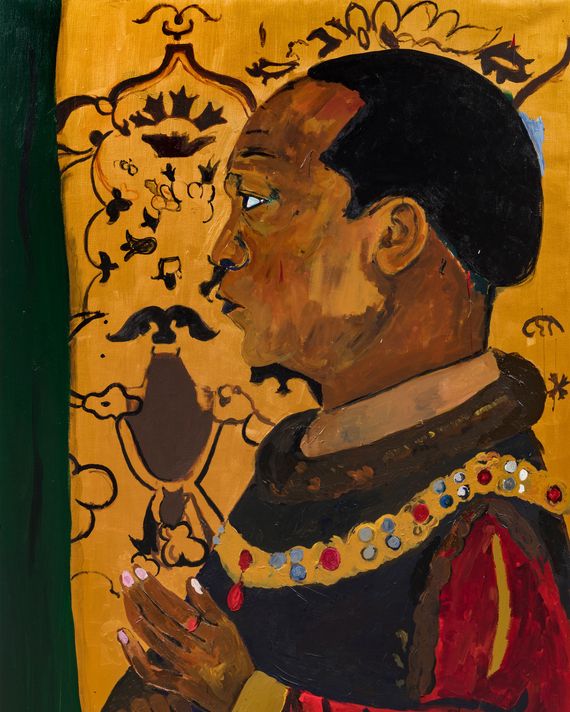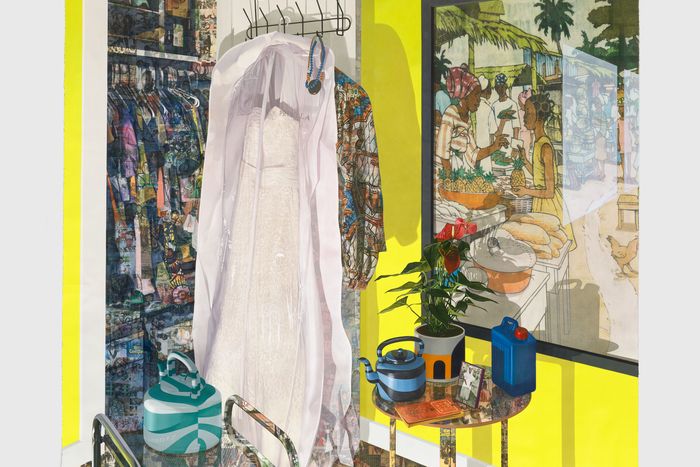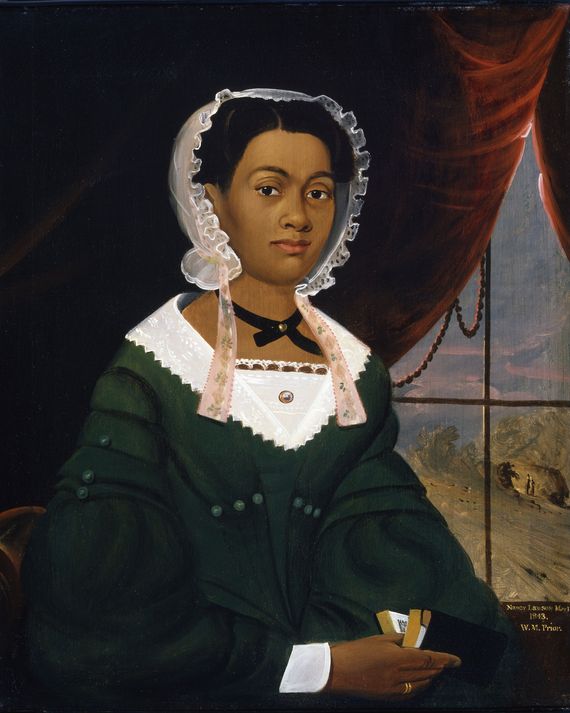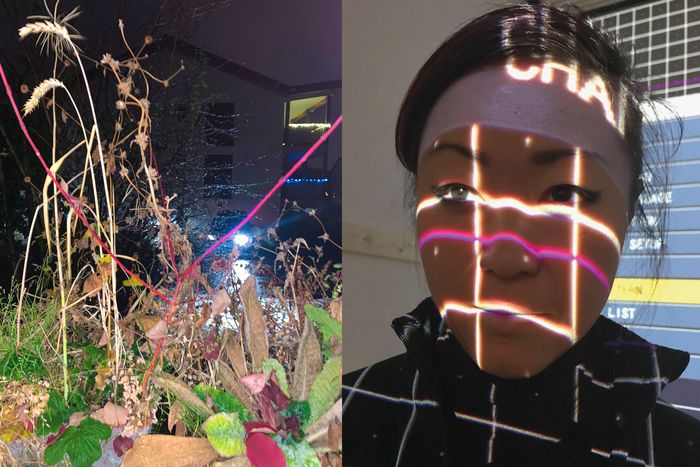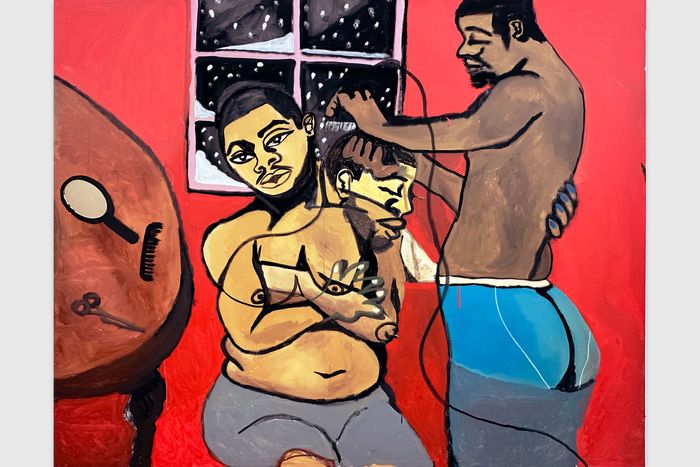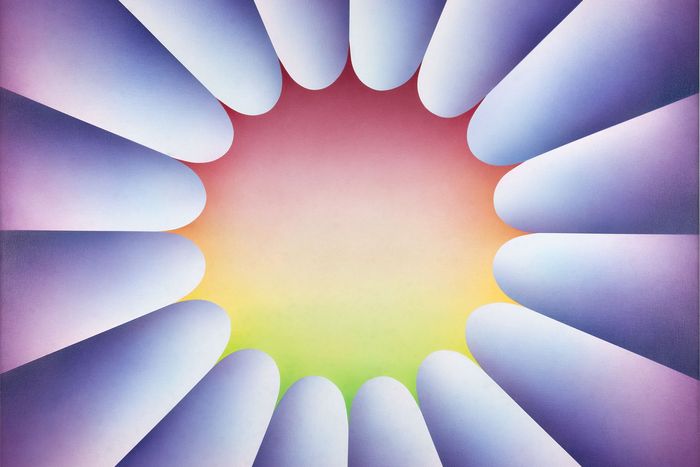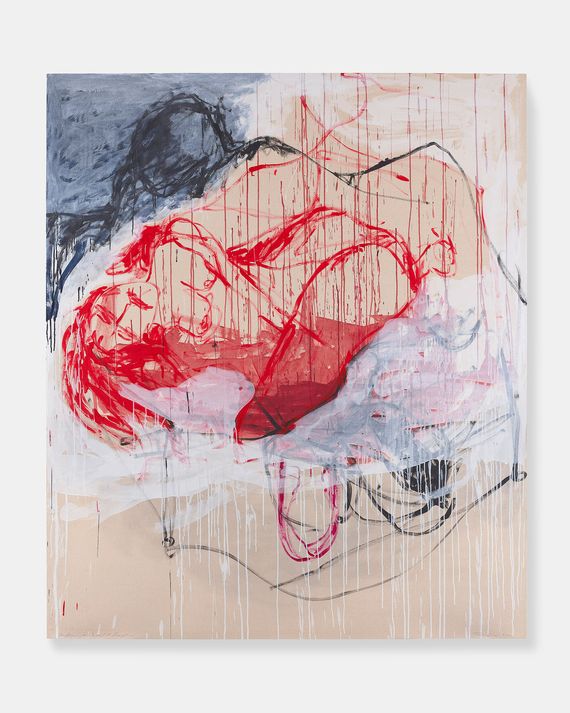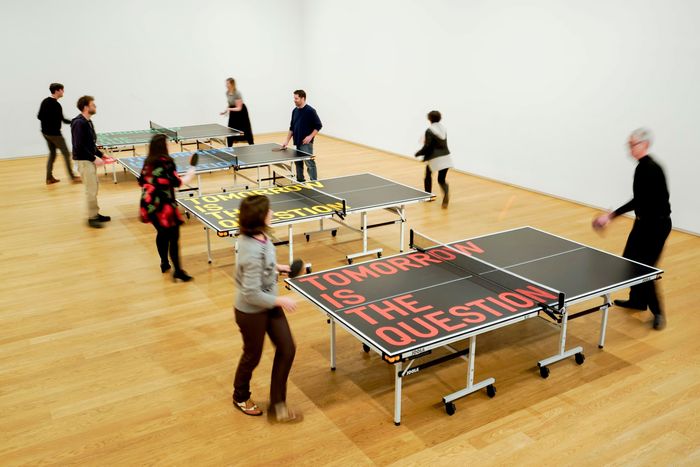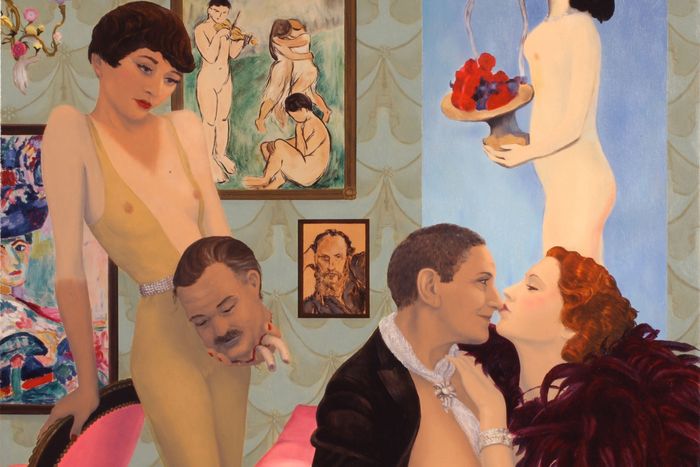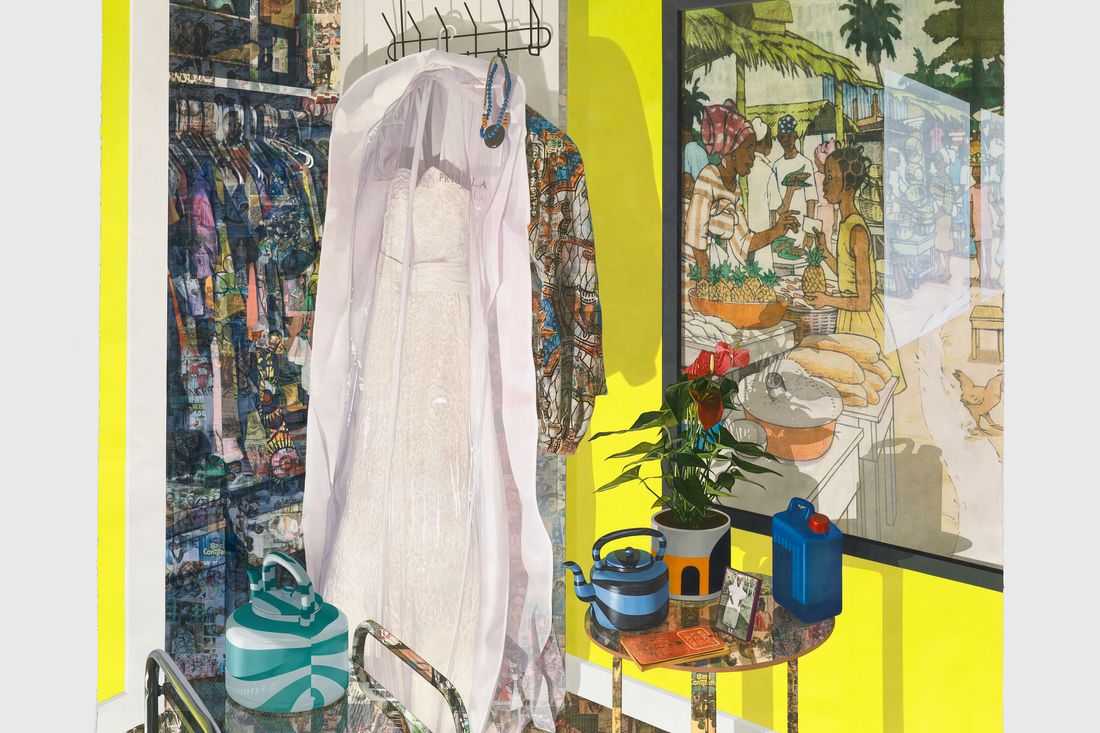
These are fraught times for the art world. When iconic museum spaces are taken over by auction houses and paintings become ever more lucrative investments for oligarchs and petrostate dictators, it can often seem as if art’s purposes are negated. But the shows this fall season tell us otherwise — especially in the form of a number of great Black artists who remind us of art’s necessity. Barkley Hendricks’s suave portraits will adorn the Frick Collection, while Henry Taylor — a wizard of freestyle figuration — will hold court at the Whitney. We will be treated to the amazing work of Njideka Akunyili Crosby at the galleries as well as an important exhibition devoted to the Black presence in early American folk art. To anyone who thinks art matters less than it once did, that it’s just harvesting tourist dollars and feeding the market — think again. These shows give us art in full.
Barkley L. Hendricks: Portraits at the Frick
The Frick Collection (Opens September 21)
The Frick will devote an entire gallery in its temporary location at the Breuer to Hendricks, who during his life imbibed this magnificent collection’s painterly magic and formal mysteries. The show will feature 14 of his hallucinogenic figurative paintings, influenced by Whistler, Botticelli, Gainsborough, and Manet, as well as poster illustration, Pop Art, and graphic design. Hendricks, who died in 2017 at age 72, was like an angel on a mission to change painting. His Black subjects often stand alone, proud as peacocks, unashamed. They are also relaxed and elegant, noble in their detachment, gazing coolly, a series of giants who for too long were left out of museums altogether.
While he exhibited widely in his lifetime, he was still overlooked, relegated to the second or third tier by an art world that was predominantly white and preoccupied with itself. In 1994, Thelma Golden curated his work into the landmark “Black Male” show at the Whitney Museum. Jack Shainman started showing him in 2009 and helped put him on the world stage. At the Frick, he assumes his rightful, overdue place as one of the masters.
In his life-size self-portrait, Slick, for example, we see Hendricks wearing a great double-breasted white suit and no shirt. His arms are behind his back, and he wears stylish glasses and a beaded cap. He is casual and satisfied but also intense, a vision of greatness with that white-on-white luminosity, the shimmering highlights, the harmonized shades of warm color. We are drawn in by his calm demeanor, imperial cast, and painterly self-knowing — in a word, by his dignity.
Henry Taylor: B Side
Whitney Museum of American Art (Opens October 4)
The king of wild, highly formal, quasi-Expressionistic painting, Taylor is the master of many genres — especially portraiture — and has done some of the best work I have seen in the past ten years. We will see his grand vision on display at the Whitney in more than 150 works that confirm he’s one of the greatest and most out-there artists alive.
Njideka Akunyili Crosby: Coming Back to See Through, Again
David Zwirner (September 14–October 28)
This Nigeria-born, Yale-educated, Los Angeles–based painter’s scenes of Black families and self-portraits evoke hushed moments laced with memories. Stately and still, these paintings are filled with stenciled details and subtle changes in perspective and a hundred other complications — places where the past overlies the present and reality shades into myth.
Unnamed Figures: Black Presence and Absence in the Early American North
American Folk Art Museum (Opens November 15)
This exhibition at one of our most valuable institutions will provide a rare glimpse into Black life (as well as its absence) in early New England and the mid-Atlantic states. More than 70 works will be on display, including painting, needlework, and works on paper.
Pipilotti Rist
Hauser & Wirth (Opens November 10) and Luhring Augustine (Opens November 17)
I once gazed at one of Rist’s video projections in a deconsecrated Baroque church in Venice — an uncanny paradise of lovers and flowers — and cried. At Luhring and Hauser & Wirth, we’ll be treated to an extravaganza installation and a handful of smaller works.
Jonathan Lyndon Chase: his beard is soft, my hands are empty
Artists Space (September 8–December 2)
Only 34, Chase burst onto the scene a few years ago with their dreamy, crowded paintings of bodies jostling against and merging with one another. Chase will take over this perennially great local institution with an array of boisterous work, creating a garden of manic delights.
Judy Chicago: Herstory
New Museum (Opens October 12)
It’s about time we all got a chance to reassess this great feminist artist — she of the epic The Dinner Party, a triangular table adorned with vulvalike ceramic plates and wild labia. She got so many people’s knickers in a twist in the 1970s that it will be fun to witness everyone correcting what they were so upset about back then.
Tracey Emin: Lovers Grave
White Cube (Opens November 4)
Possibly my favorite painter alive, Emin rises at the new White Cube New York. See her fungal convulsions of line and ambiguous bodies painted so that they almost seem to levitate off the canvas. The city has waited a very long time for a solo show of new work by this storied artist.
Rirkrit Tiravanija: A Lot of People
MoMA PS1 (Opens October 12)
In many ways, Tiravanija was the first and (in America, at least) the best of the so-called Institutional Critique artists of the 1990s. This exhibition will include the artist’s assistants cooking and serving food in the gallery. You may yawn or grouse, but Tiravanija’s work questions the entire apparatus of the mercantile art world: Here is art that is given away for free. At least sample the Thai curry.
Hilary Harkness: Prisoners From the Front
P·P·O·W (October 13–November 11)
Imagine the complexity of a gothic window crossed with strange sexual narratives, including those from the American Civil War. Harkness has a gigantic pictorial imagination and is one of the strongest figurative stylists anywhere.
Correction: This story has been updated to clarify the separate opening dates for Pipilotti Rist at Luhring Augustine and Hauser & Wirth.


